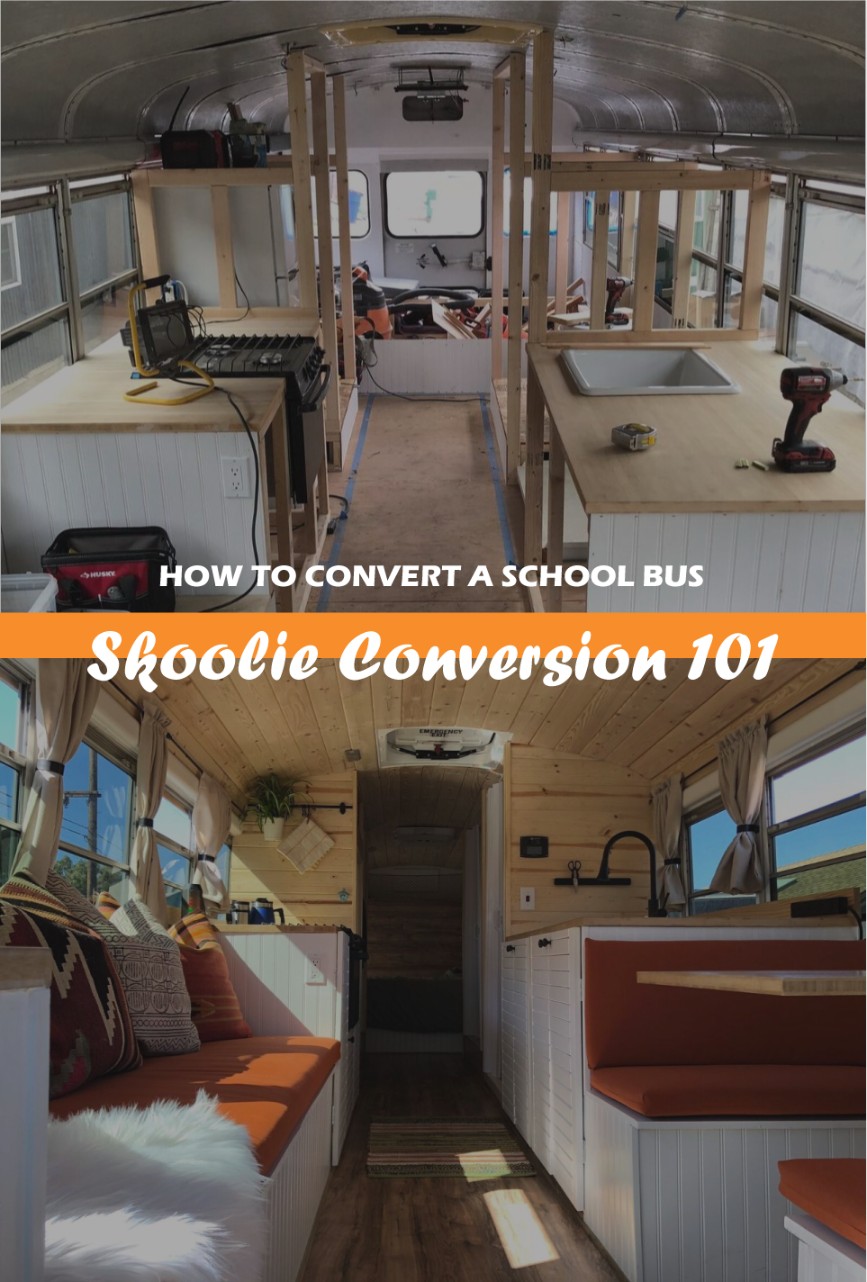Minibus conversions have become an growing popular way to convert a practical vehicle into a one-of-a-kind home on wheels, a roaming business, or a specialized transport solution. With the increase of remote work and the constantly rising desire for adventure, many are looking into the possibility of converting a minibus into a campervan or premium mobile office. Whether you dream of taking epic adventures, launching your own catering business, or launching an accessible transportation service, the options are limitless.
In this article, we will share motivating real stories of notable minibus conversions that feature creative designs, innovative features, and practical solutions. You will find advice on crucial conversion techniques, from creating the ideal layout to integrating off-grid systems. By the end, you will not just comprehend the steps of transforming a minibus into your ideal vehicle but also find encouragement from those who have realized their dreams into reality.
Getting Started with Minibus Conversions
The adventure into converting minibuses kicks off with thorough planning and research. Before diving into the hands-on work, it’s vital to define your goals for the conversion. Consider whether you want a camper for weekend getaways, a mobile office, or possibly a vehicle adapted for a specific business purpose. Identifying the primary use of your converted minibus will inform the design and layout, helping you to make informed decisions on materials, features, and systems to include.
Once you have a clear vision of your objectives, it is time to explore the various minibus models available for conversion. Research different makes and models, taking into account their size, weight capacity, and suitability for your project. Resources such as forums, articles, and social media groups can provide helpful insights and recommendations from fellow enthusiasts. Additionally, consider looking into local dealerships or online marketplaces to find potential candidates that fit your budget and requirements.
As you gather information and a shortlist of buses to consider, it's essential to commence contemplating about your budget and timeline for the conversion. Determine how much you are ready to spend on the entire project, including the purchase of the minibus, materials for conversion, and any professional help you might need. Being realistic about the time commitment required for the conversion is also important. This helps in setting achievable milestones that keep your project on track and aligned with your initial goals.

Crafting Your Minibus Conversion Project
When commencing the design process for your minibus conversion, it's crucial to initially understand the intended use of your minibus. Whether you intend to build a campervan for short getaways, a mobile office for business on the go, or even a community transport vehicle, the intended use will significantly affect your layout. Take into переоборудование салона микроавтобуса as the amount of people, the need for resting space, cooking amenities, and organizing options. Making a checklist of must-have features will aid simplify the design and ensure that the final layout meets your criteria.
Maximizing space is vital in a bus project, given the restricted interior area. Concentrate on multifunctional furniture, such as collapsible tables and adaptable seating, to enhance usability without compromising comfort. Using guidelines on weight distribution and the balance point will aid in maintaining driving security and maneuverability. Additionally, take into account the movement of movement within the space; guarantee that the layout allows for easy access to essential areas such as the cooking area and bathroom if applicable.
In conclusion, appearance is an important aspect of your bus design. Choose color schemes, substances, and finishes that represent your taste while also being functional and long-lasting. Incorporating daylight through openings or roof lights can improve the atmosphere and make the interior feel more spacious. Note that your minibus should not only be functional but also a reflection of your individuality, turning it into a cozy retreat on wheels. Finding a balance between functionality with comfort and design will result in a truly remarkable minibus conversion.
Cost and Regulatory Aspects for Conversions
When initiating a minibus conversion project, it is crucial to establish a practical budget that covers all foreseen expenses. Depending on the degree of transformation, prices can vary significantly. For a simple DIY transformation, you might spend between $5,000 to $10,000 bucks on supplies, fixtures, and final adjustments. On the other hand, expert conversions that incorporate luxury elements and components can exceed $20,000 USD. It’s imperative to account for additional costs such as equipment, unexpected repairs, and plausible improvements.
Lawful aspects are another key element of a bus modification. It is crucial to get acquainted with your local laws governing vehicle transformations. In many regions, modifications that modify the main purpose of the vehicle—like turning a camper or a mobile business—may demand proper licensing, protection modifications, and safety inspections. Ensure conformity with any building laws if you plan on using a modified minibus for trade functions.
Lastly, you ought to include the charges of legal compliance. This may include registration fees, pollution tests, or certifications needed for certain transformations, such as those that change protection features or occupant limits. Working with local officials or a vehicle modification specialist can help you deal with these rules easily, ensuring that your minibus is not only aesthetically pleasing but also legally fit for the road.
